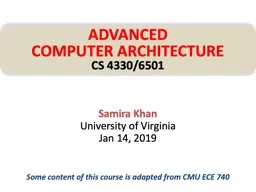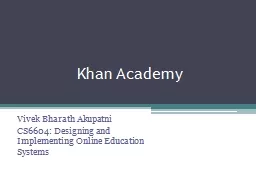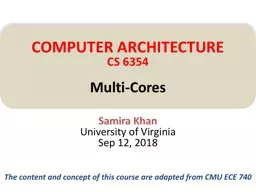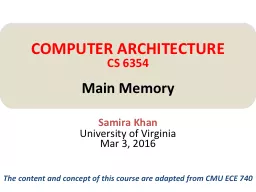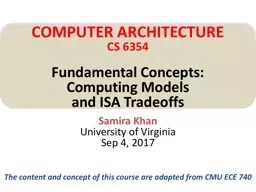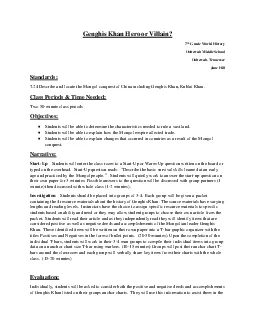PPT-Samira Khan University of Virginia
Author : projoutr | Published Date : 2020-06-23
Jan 14 2019 ADVANCED COMPUTER ARCHITECTURE CS 43306501 Some content of this course is adapted from CMU ECE 740 ROTUNDA PAVILLIONS AND THE LAWN 2 A DESIGN BASED
Presentation Embed Code
Download Presentation
Download Presentation The PPT/PDF document "Samira Khan University of Virginia" is the property of its rightful owner. Permission is granted to download and print the materials on this website for personal, non-commercial use only, and to display it on your personal computer provided you do not modify the materials and that you retain all copyright notices contained in the materials. By downloading content from our website, you accept the terms of this agreement.
Samira Khan University of Virginia: Transcript
Download Rules Of Document
"Samira Khan University of Virginia"The content belongs to its owner. You may download and print it for personal use, without modification, and keep all copyright notices. By downloading, you agree to these terms.
Related Documents

